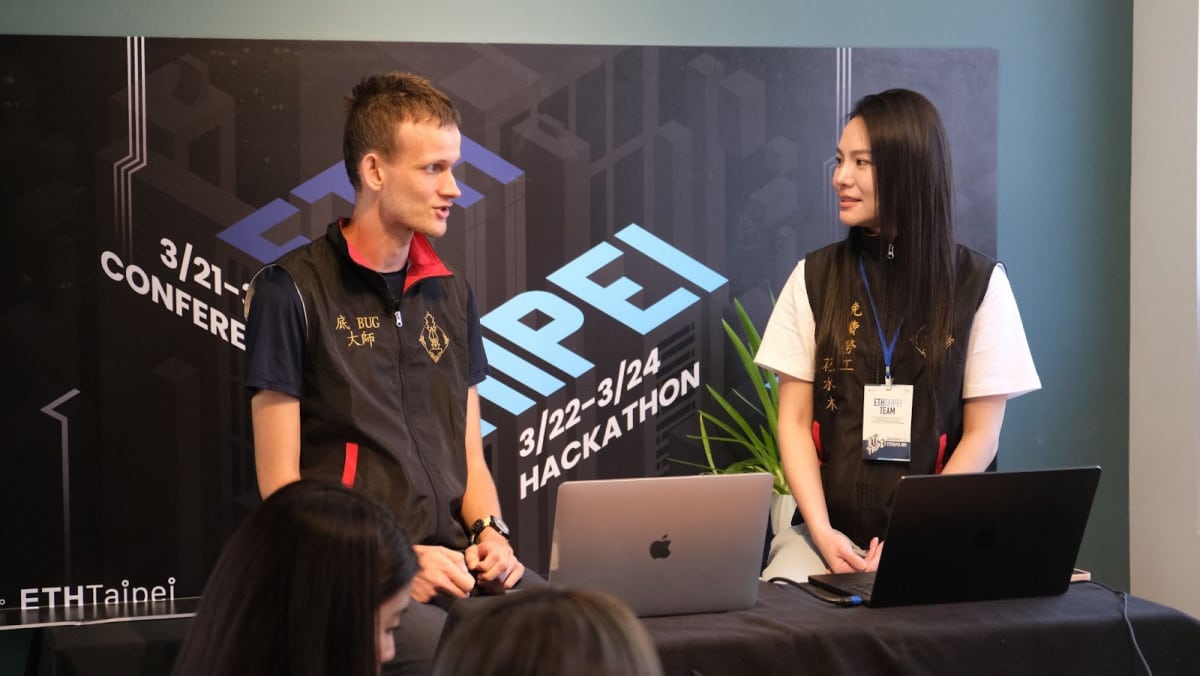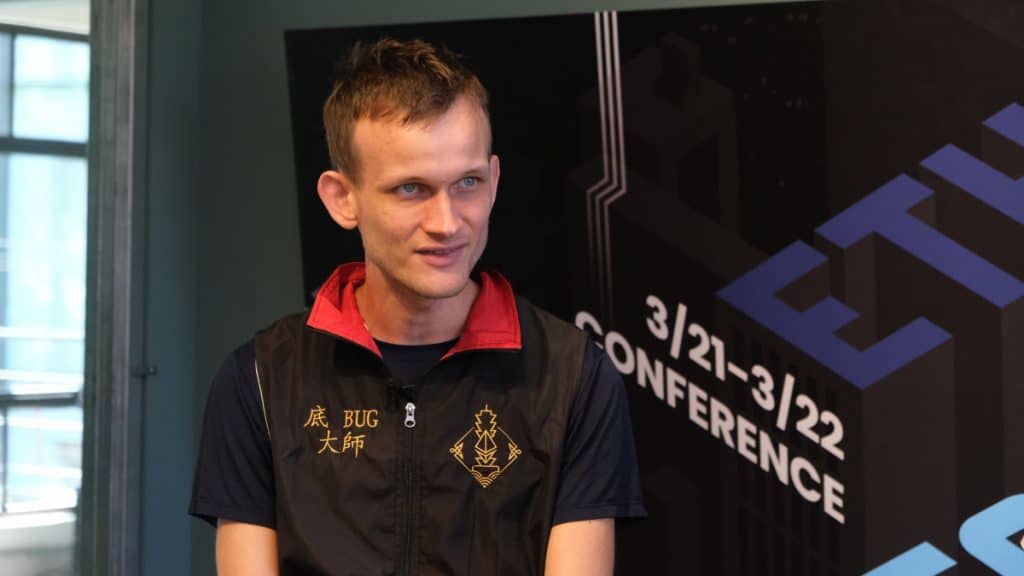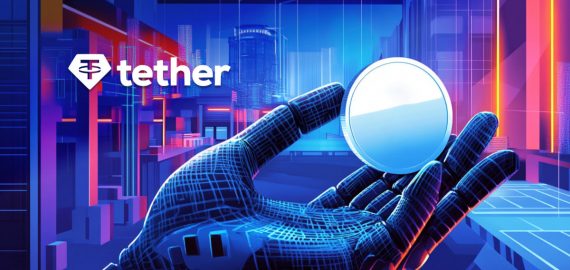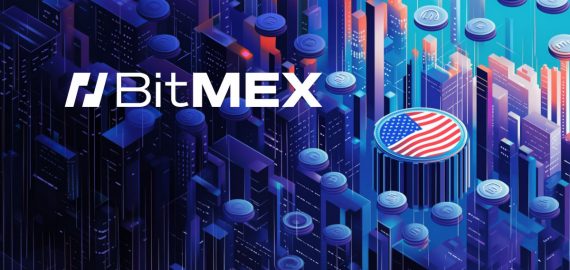Vitalik Buterin Unveils How Ethereum Plans to Implement AI for Its Roadmap and What Will Drive Future Technological Society


In Brief
The co-founder of Ethereum, Vitalik Buterin shared his insights on the Ethereum ecosystem development during the ETHTaipei conference
In an online interview conducted during the ETHTaipei conference held on March 21st and 22nd with the representatives from Metaverse Post, the co-founder of Ethereum, Vitalik Buterin, shared his insights on the Ethereum ecosystem advancements. He discussed implications such as Dencun Upgrade – the upgrade for the Ethereum roadmap, also known as EIP-4844, current challenges of proof of stake, Verkle trees, and security & privacy issues related to quantum-enabled threats. Further, Vtalik shared his views on the industry trends.
Dencun upgrades for the development of the Ethereum Roadmap
One notable recent development on Ethereum is the introduction of the Dencun EIP 4844 Upgrade, which lowers transaction fees throughout the network by creating an independent section of data space inside each block. They are called “blobs”, and this data cannot be accessed by the EVM. Beyond only increasing market efficiency, this update increases network accessibility and guarantees Ethereum’s continued status as a key platform for creating and implementing smart contracts. The Dencun update is paving the way for Ethereum to enable more innovations and a greater range of applications across several sectors by addressing the main problem – the cost of transactions.
“Over the past week, we have already seen Layer 2 fees decrease massively in some cases by, for example, a factor of 50, but I think it is important to warn that there is a possibility that these fees will increase again as there come to be more users of blobs. As there will be more users, eventually, the fees will go up, but it’s still a pretty significant scalability gain. We expect the number of blobs the Ethereum chain supports to increase greatly over the next few years.” Vitalik told Metaverse Post.

Are there any current challenges within the Ethereum network?
The Ethereum network is also facing some challenges from the Proof-of-Stake side; Vitalik sees them as largely having to do with various centralisation risks. He noted that people are concerned about ones on the MEV side and the others are risks related to the function of staking and being a validator and attesting by itself: “Basically, The challenge on the MEV side is that we’re seeing growing builder centralisation and builder censorship.” Other problems include block prefixes and block ordering, which is part of creating a block that could involve capturing MEV and computing the state routes because running the EVM computation eventually does a ZK-SNARK of that computation. Vitalik proposed some solutions as well:
- Verkle trees that serve as a data structure that can be used to upgrade Ethereum nodes so that they can stop storing large amounts of state data without losing the ability to validate blocks
- Decreased requirements for running a node with the ZK-SNARKs
- Rainbow staking, a conceptual framework that allows protocol service providers, whether “solo” or “professional”, to participate in a differentiated protocol service adapted to their own strengths and value propositions
- 8192 signature
We shouldn’t underestimate the quantum-enabled threats, which Vitalik considers a solved problem in theory because of the usage of hash-based proofs – STARKs that are quantum resistant. He also mentioned fully homomorphic encryption constructions that Ethereum had from day one that were quantum-resistant out the door. He then told us: “Going from theory to practice is still a challenge. If we need the Ethereum consensus layer to become quantum-resistant, it’s a bit harder engineering-wise because our current approach relies heavily on the fact that we use BLS signatures, which are incredibly efficient, and anything quantum-based is going to be less efficient.”

What social impacts can we see from Ethereum in the next years?
While talking about the transformative impact of Ethereum on society in the next five years, Vitalik said: “Basically, the biggest impact is the actual use of the stablecoins. People are just using them to save money, trade, and conduct transactions, and I think what will happen over the next five years is a further increase in stablecoin usage. You need to have very good UX and low fees to succeed in that space. Historically, Ethereum has not had those things, but it will have them over the next five years. I expect Ethereum to be here a very leading player and just help to make stablecoins accessible to people in a way that is open, decentralised, and that doesn’t require trusting fragile third parties but going beyond that, I expect non-financial applications to start making a much larger impact.”
He also hopes that Ethereum will be useful in creating decentralised alternatives to social media platforms like X or Facebook because of concerns about bot control or other different proof-of-personhood protocols raised and people trying to find the answers with the centralised solutions, which may not be the best choice.
The role of AI in shaping Ethereum’s future
Vitalik also discussed AI’s role in cryptocurrencies and in debugging code, which is crucial for Ethereum, so we asked him how he sees further implementation of artificial intelligence in the network.
“One of the main possible features is AI’s participating in prediction markets or other kinds of markets on top of Ethereum. Then another is the usage of AI as a part of wallets for helping users with the online and on-chain environment they’re interacting with. A third is using cryptography, including things like ZK-SNARKs and ZKML, MPC and AI inside of FAG to try to create AI models that are secure and robust and privacy-preserving enough that it becomes safe to actually use them as a central participant in on-chain applications.”
He then added that AI will make it much easier to use formal verification tools to prove that much larger code sets will satisfy certain properties.
At the end of his interview at ETHTaipei, Vitalik Buterin underscores the importance of sustained engagement and community involvement. He emphasises the need to cultivate a sense of motivation that boosts continued participation rather than fleeting interest. He suggests actively seeking avenues to integrate into the blockchain community, advocating for in-person events as invaluable opportunities for networking and collaboration. Additionally, he advises newcomers to identify manageable projects and commit to building tangible solutions, fostering practical skills and deepening their understanding of the technology.
Disclaimer
In line with the Trust Project guidelines, please note that the information provided on this page is not intended to be and should not be interpreted as legal, tax, investment, financial, or any other form of advice. It is important to only invest what you can afford to lose and to seek independent financial advice if you have any doubts. For further information, we suggest referring to the terms and conditions as well as the help and support pages provided by the issuer or advertiser. MetaversePost is committed to accurate, unbiased reporting, but market conditions are subject to change without notice.
About The Author
Victoria is a writer on a variety of technology topics including Web3.0, AI and cryptocurrencies. Her extensive experience allows her to write insightful articles for the wider audience.
More articles

Victoria is a writer on a variety of technology topics including Web3.0, AI and cryptocurrencies. Her extensive experience allows her to write insightful articles for the wider audience.

















































